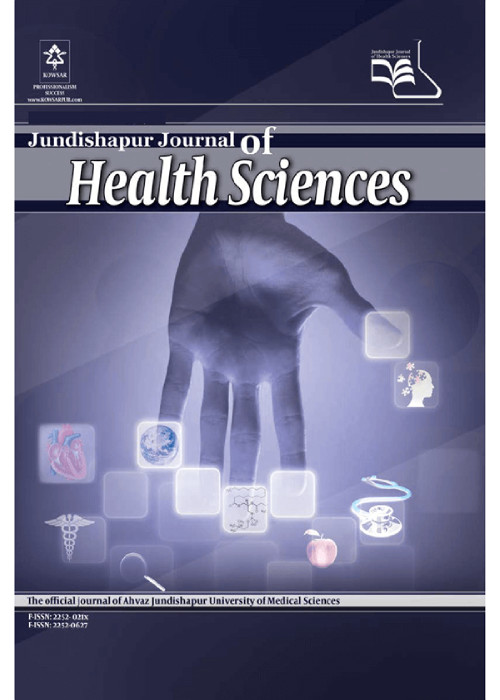Feasibility Study of Chromium Removal from Paint Sludge with Biological Sludge, Using Vermicompost by Eisenia fetida (Case Study: Saipa Automotive Industry)
Author(s):
Article Type:
Research/Original Article (دارای رتبه معتبر)
Abstract:
Background
During the paint spraying process in the automotive industry, a variety of wastes, including a large amount of paint sludge is produced, which contains a variety of hazardous substances, such as BTEX and heavy metals. The aim of the present study was vermicomposting of paint sludge with sewage sludge and Eisenia fetida as earthworm spices for reduction of heavy metals.
Objectives
Vermicomposting process employing earthworms is increasingly being used for conversion of both sewage and some industrial wastes to reduced heavy metals and volatile solid content in bulk of solid wastes. Therefore, in this study, feasibility of chromium removal from paint sludge by using Eisenia fetida worms was investigated.
Methods
In this study, the quantitative and qualitative characteristics of paint and biological sewage sludge waste were determined in terms of Cr, moisture content, nitrogen and carbon, C/N ratio, pH and temperature. Then the paint sludge was mixed in various proportions with the thickening biological sewage sludge of Saipas sewage treatment plant. The decomposition time for the vermicompost samples for each run was 90 days. In order to analyze various parameters, including Cr and volatile solids reduction, sampling from each pilot was performed on 1, 15, 30, 50, 70 and 90 days. The Cr measurements were performed using the AASM method. The paint sludge and sewage sludge were mixed in different ratios. After the mixing, 500 adult Eisenia fetida earthworms were introduced to each box.
Results
The results showed that the optimum removal rate for Cr was found in the mixing ratio of 6 kg of biological sludge with 600 g of paint sludge and in this ratio, the amount of Cr concentration fell from 6 mg/kg to less than 0.2 mg/kg in 90 days. In addition, in the same ratio of sludge mixing, the C/N ratio ranged from about 27 on the first day to 14.3 on day 90 and the pH decreased from 7.8 on the first day to 7.3 on the 90th day. Volatile solids decreased from 80.4% on the first day to 37% on the 90th day.
Conclusions
Vermicomposting is a good alternative for treating paint sludge with biological sludge, and is advantageous for reduction of pollutants purposes. Research was carried out on bioavailability of heavy metals such as Cr during vermicomposting for 90 days using Eisenia fetida earthworms. Finally, the results showed that, Eisenia fetida could eliminate Cr in low levels.Keywords:
Language:
English
Published:
Jundishapur Journal of Health Sciences, Volume:10 Issue: 3, Jul 2018
Page:
4
magiran.com/p1857058
دانلود و مطالعه متن این مقاله با یکی از روشهای زیر امکان پذیر است:
اشتراک شخصی
با عضویت و پرداخت آنلاین حق اشتراک یکساله به مبلغ 1,390,000ريال میتوانید 70 عنوان مطلب دانلود کنید!
اشتراک سازمانی
به کتابخانه دانشگاه یا محل کار خود پیشنهاد کنید تا اشتراک سازمانی این پایگاه را برای دسترسی نامحدود همه کاربران به متن مطالب تهیه نمایند!
توجه!
- حق عضویت دریافتی صرف حمایت از نشریات عضو و نگهداری، تکمیل و توسعه مگیران میشود.
- پرداخت حق اشتراک و دانلود مقالات اجازه بازنشر آن در سایر رسانههای چاپی و دیجیتال را به کاربر نمیدهد.
In order to view content subscription is required
Personal subscription
Subscribe magiran.com for 70 € euros via PayPal and download 70 articles during a year.
Organization subscription
Please contact us to subscribe your university or library for unlimited access!


